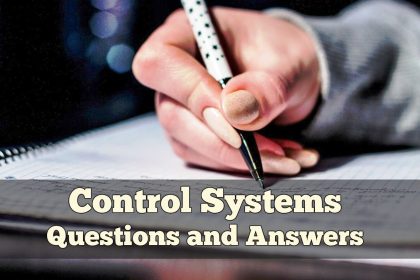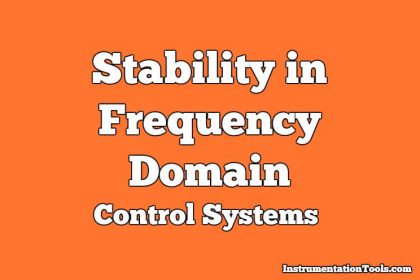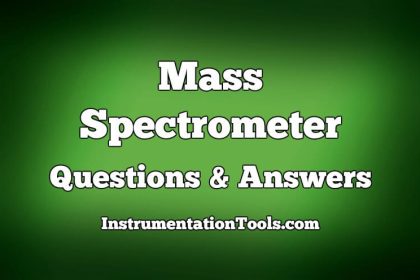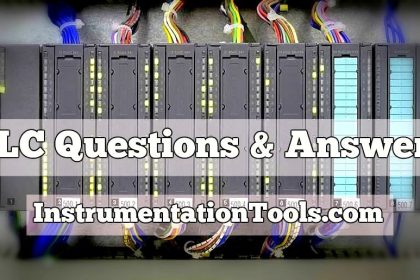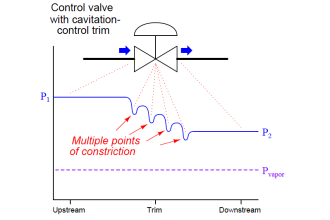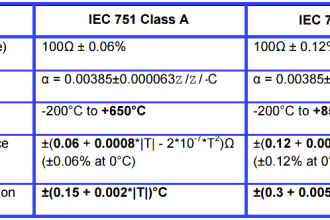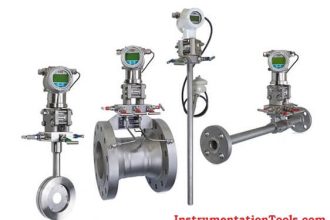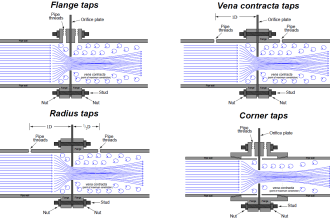Z-transform Analysis of Sampled-Data Control Systems
1. The DFT of a signal x(n) of length N is X(k). When X(k) is given and x(n) is computed from it, the length of x(n)
a) Is increased to infinity
b) Remains N
c) Becomes 2N – 1
d) Becomes N2
Answer: a
Explanation: When X (k) is given and x (n) is computed from it, the length of x (n) is increased to infinity.
2. The system having input x (n) related to output y(n) as y (n) = log |x (n)| is:
a) Nonlinear, causal, stable
b) Linear, noncausal, stable
c) Nonlinear, causal, not stable
d) Linear, noncausal, not stable
Answer: a
Explanation: As y (n) is the function of x (n) hence it is nonlinear but it is bounded and also depends upon past and present values therefore it is stable and causal respectively.
3. Zero-order hold used in practical reconstruction of continuous-time signals is mathematically represented as a weighted-sum of rectangular pulses shifted by:
a) Any multiples of the sampling interval
b) Integer multiples of the sampling interval
c) One sampling interval
d) 1 second intervals
Answer: b
Explanation: Zero-order hold is used to reconstruct the continuous-time signal which is represented as a weighted sum of rectangular pulses shifted by integer multiples of the sampling interval.
4. When two honest coins are simultaneously tossed, the probability of two heads on any given trial is:
a) 1
b) 3/4
c) 1/2
d) ¼
Answer: d
Explanation: Total outcomes =4
Favorable outcomes =1
Hence probability =1/4.
5. A continuous-time periodic signal x(t), having a period T, is convolved with itself. The resulting signal is
a) Not periodic
b) Periodic having a period T
c) Periodic having a period 2T
d) Periodic having a period T/2
Answer: b
Explanation: Periodic having a period T Convolution of a periodic signal (period T) with itself will give the same period T.
6. If the Fourier series coefficients of a signal are periodic then the signal must be
a) Continuous-time, periodic
b) Discrete-time, periodic
c) Continuous-time, non-periodic
d) Discrete-time, non-periodic
Answer: b
Explanation: Discrete-time, periodic these are the properties of the discrete-time periodic signal.
7. The region of convergence of a causal finite duration discrete-time signal is
a) The entire z-plane except z = 0
b) The entire z-plane except z = ∞
c) The entire z-plane
d) A strip in z-plane enclosing jω–axis
Answer: a
Explanation: For discrete time signal for any causal system the region of convergence is always entire z-plane but except z =0.
8. The probability cumulative distribution function must be monotone and
a) Increasing
b) Decreasing
c) Non-increasing
d) Non-decreasing
Answer: d
Explanation: The cumulative distribution function that is monotone and non-decreasing or can be increasing.
9. Convolution is used to find:
a) The impulse response of an LTI System
b) Frequency response of a System
c) The time response of a LTI system
d) The phase response of a LTI system
Answer: c
Explanation: Convolution is the combination of addition and multiplication of the signals and used to find the impulse response of the LTI system.
10. The Fourier Transform of a rectangular pulse is
a) Another rectangular pulse
b) Triangular pulse
c) Sinc function
d) Impulse
Answer: c
Explanation: The Fourier Transform of a rectangular pulse that is the sinc function.
